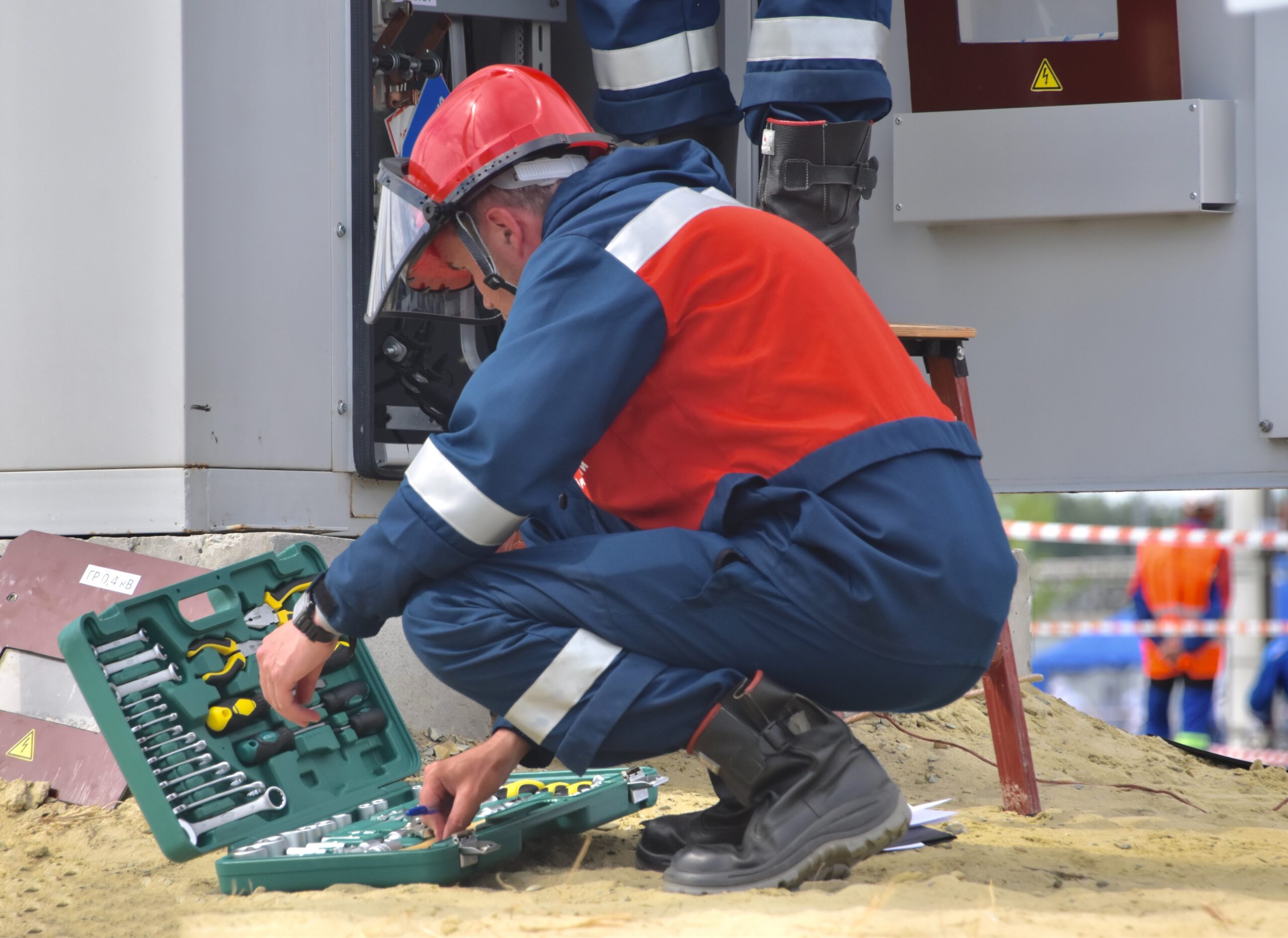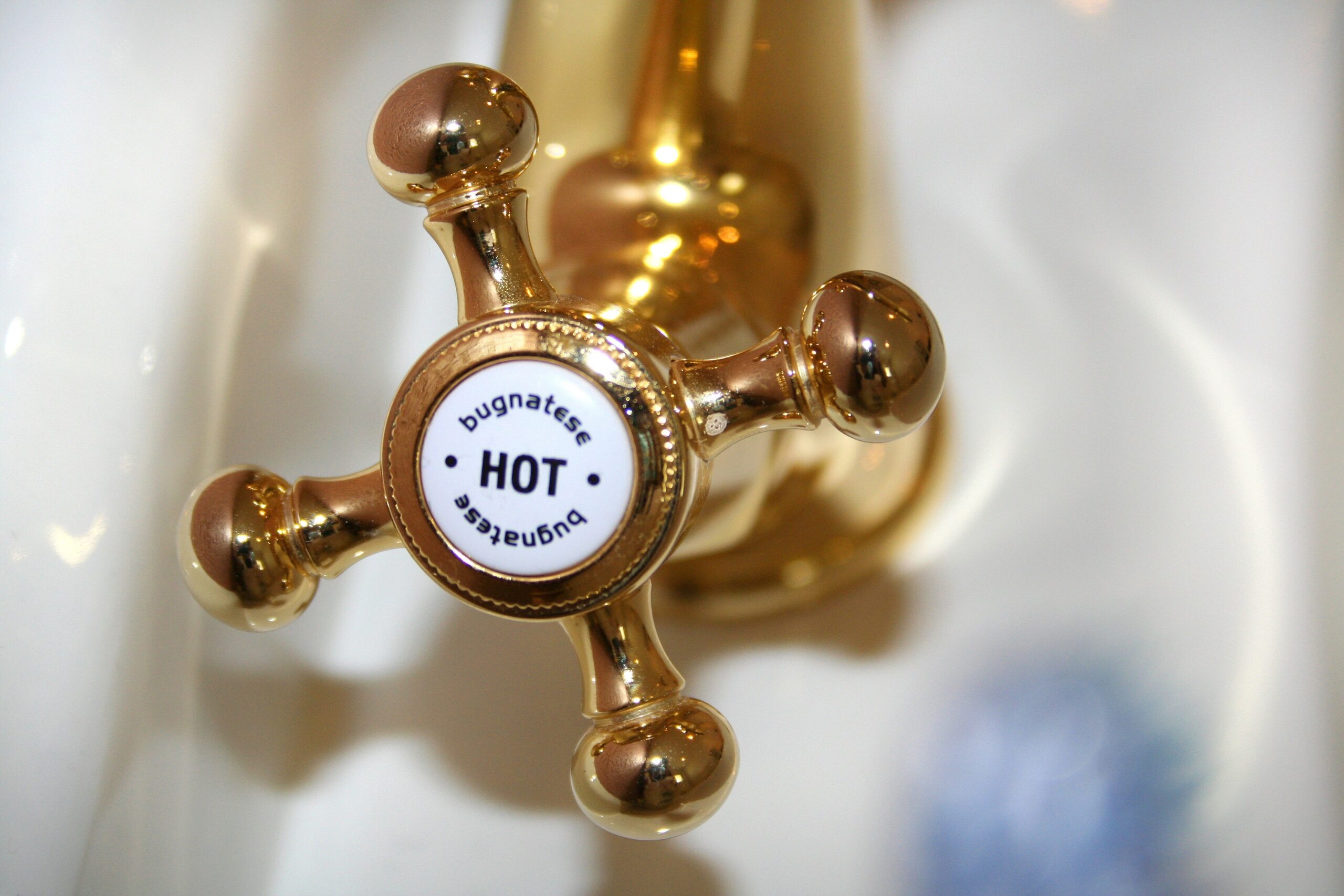
What Is a Preventative Maintenance Schedule?
A preventative maintenance schedule is a planned programme of regular maintenance actions. The aim is to prevent the breakdown and failure of equipment, machinery, or systems. The primary goal of preventative maintenance is to minimise equipment failures. Reducing the overall downtime and costs associated with repairs.
A preventative maintenance plan typically involves a set of routine tasks and inspections.
Performed at scheduled intervals, some of these tasks may include the likes of lubrication, cleaning and part replacements. The schedule includes factors like manufacturer’s recommendations, equipment performance data, and industry practices.
A preventative maintenance plan helps address potential issues before they become major problems, minimising downtime.
Regular preventative maintenance is crucial for businesses of all sizes and sectors, so below are some common ones and why they’re needed.
- Electrical Installations and Equipment: Regular checks prevent fire hazards and enhance equipment efficiency.
- Security and Physical Access Control: Regular maintenance ensures security systems are dependable and reduce the risk of breaches.
- Heating, Ventilation, and Air Conditioning (HVAC) Systems: Regular maintenance ensures a comfortable working environment and energy efficiency.
- Firefighting Equipment and Systems: Regular checks on firefighting equipment protect lives and assets in case of a fire.
The Key Components of a Preventative Maintenance Schedule
While this list isn’t extensive, these are some of the key components to a preventative maintenance schedule, it includes but isn’t limited to:
- Routine Inspections: Regular visual inspection checks to identify potential issues before they escalate.
- Lubrication: Ensuring that moving parts are properly lubricated to prevent friction and wear.
- Calibration: Checking and adjusting equipment to ensure it operates within specified tolerances.
- Parts Replacement: Replacing components that are subject to wear and tear before failure.
- Cleaning: Removing dirt, debris, and other contaminants that can affect performance.
- Testing: Conducting tests to verify the proper functioning of critical systems.
The frequency of preventative maintenance tasks depends on the equipment and usage patterns. Following a preventative maintenance plan, organisations can extend the lifespan of their equipment.
The equipment will be more reliable, have a reduced risk of breakdowns, saving time and money in the long run.
Steps to Create a Preventative Maintenance Plan
Creating an effective preventative maintenance plan is crucial for optimising equipment performance. Here are simplified steps to guide you in establishing a proactive maintenance strategy:
#1 Compile Equipment Inventory
Begin by listing all equipment and machinery within your operation.
Include critical details such as model and serial numbers to ensure accurate tracking.
#2 Set Maintenance Intervals
Determine maintenance intervals based on factors like manufacturer recommendations, criticality, and industry practices.
Clearly define when each type of maintenance task should occur.
#3 Define Maintenance Tasks
Specify the tasks to be performed during each maintenance interval, this may include inspections, lubrication, parts replacement, and cleaning.
#4 Create Step-by-Step Procedures
Develop detailed procedures for each maintenance task.
Include clear instructions, safety precautions, and any special tools or materials needed.
#5 Create a Schedule and Assign Responsibilities
Develop a maintenance schedule that outlines when each task will be performed, assign responsibilities to individuals or teams, ensuring accountability.
#6 Implement Tracking and Review
Establish a system for tracking completed maintenance tasks, regularly review the plan’s effectiveness and make adjustments as needed.
By following these steps, you can create a preventative maintenance plan that is systematic and efficient, plus, reviewing the plan will help ensure its continuous effectiveness.
The Benefits of a Preventative Maintenance Schedule
A preventative maintenance schedule provides numerous benefits to organisations across different industries. It is a proactive approach that contributes to the overall reliability, safety, and efficiency of equipment. It is an investment in the long-term sustainability and success of the business.
More specifically, here’s some of the ways how it helps:
- Minimises Unplanned Downtime
- Extends Equipment Lifespan
- Improves Equipment Reliability
- Enhances Safety
- Optimises Performance
- Reduces Overall Maintenance Costs
- Compliance with Regulations
- Improved Planning and Resource Allocation
- Enhances Resale Value
- Boosts Overall Operational Efficiency
What Are the Types of Preventative Maintenance?
Preventative maintenance is complex, it can vary from sector to sector and building to building, that being said, below are some of the various types of preventative maintenance strategies that are generally used:
Time-Based Maintenance
One of the simplest approaches is time-based maintenance. Where tasks are scheduled at regular intervals, such as daily, weekly, or monthly. An example could be the routine replacement of air filters every three months. A preventative maintenance plan will take time into account and schedule different tasks throughout the year that need to be done on certain dates.
Usage-Based Maintenance
Maintenance tasks are linked to the operational hours of equipment. Changing the oil in a vehicle every 5,000 miles aligns with usage-based maintenance.
Predictive Maintenance
Leveraging data and analytics. Predictive maintenance anticipates when maintenance is needed. It is based on the current condition of the equipment. Monitoring vibration levels to predict potential bearing failure is a common application. Create a planned preventative maintenance programme to avoid shut down and sort future issues before they occur.
Routine Maintenance
Involves regular, planned tasks to ensure equipment stays in good condition. This includes activities such as cleaning, lubrication, and visual inspections. A well planned preventative maintenance schedule allows for these processes to be carried out throughout time ensuring less long term shutdowns.
Preventative Replacement
Actively replacing components before they reach the end of their expected lifespan is a preventative replacement strategy. For example, replacing a water heater every 10 years regardless of its current condition. Again a well planned preventative maintenance schedule will save you time and money.
An effective preventative maintenance plan will often involve a combination of the strategies. Typically based on the type of equipment, industry standards, and specific organisational needs. Adopting a thoughtful approach, businesses can ensure optimal reliability and cost-effectiveness.
How Kiasu Workforce Can Help
Kiasu Workforce won’t push you from pillar to post, you’ll have a dedicated day to day contact with familiar faces on your premises for all your building and equipment maintenance requirements.
Get in touch today to create your planned preventative maintenance schedule with Kiasu Workforce to ensure your company can continue running smoothly with no setbacks from equipment errors.

